Introduction
How AI is changing recruitment?
In today’s time, the recruitment process has become faster and efficient, all credit goes to AI. Earlier hiring takes a week or a month because the recruiter has to check resumes manually, contacting candidates takes time, and scheduling interviews is also time-consuming. Now this work gets done in only a few days, and sometimes, in just a few hours, it is also just because of AI. AI matches skills, screens resumes, analyzes video interviews, and gives data to the recruiter. With the help of AI, the hiring process becomes faster and easier, and this process also becomes smoother for job seekers. The biggest impact of this change is that hiring is data-driven and less biased, though it requires improvement.
Brief example of AI-powered tools in hiring (resume screening, chatbots, assessments).
AI Power Tools has become very popular in hiring industries and simplifying recruiters’ work. For example, for resume screening, there is a tool, an applicant tracking system, that scans a candidate’s resume and matches keywords so that the recruiter sees only the top relevant profile. Companies use Chatbots for answering candidate queries, scheduling interviews, or asking initial screening questions. It saves time and makes communication quick. An AI-based assessment platform tests candidate technical, cognitive, or behavioral skills, where decisions can be made better on a data basis. The common benefit of all these tools is this streamlined process, which allows recruiters to focus on quality talent.
How AI is Used in Recruiting?
Resume parsing and keyword scanning.
Resume parsing and keyword scanning are very important parts of AI recruitment. When a company gets hundreds or thousands of resumes, then checking resumes manually is very time-consuming. AI tools can automatically resume and extract important information, such as the name of the candidate, experience, education, skills, certification, etc. Keyword scanning is also used so that the resume matches the job description. If the job description contains Python, project management, or SEO, then AI will search for those keywords and shortlist resumes matching the keywords. It saves time and makes the shortlisting process accurate.
Chatbots for candidate engagement.
The AI-powered chatbot has become an integral part of the recruitment process. This chatbot provides instant interaction with the candidate, gives answers to questions, explains the job role, and creates an application status. For example, if any candidate asks what the status of my application is, then the chatbot checks the system in real time and gives a reply. These chatbots are available 24/7, which is why candidates do not have to wait. The chatbots also send interview scheduling, reminder messages, and pre-interview instructions. Candidates’ experience gets better and the workload decreases with the help of this.
Video interview analysis.
AI is also used to analyze video interviews. Through technology, AI can analyze candidates’ facial expressions, body language, tone of voice, and speech patterns so that recruiters get detailed insight. These tools can identify how confident candidates are, how naturally the candidate answers, and their communication skills. Some AI platforms can also evaluate the answers to technical interviews and give instant feedback. The benefit of this is that recruiters don’t have to depend on gut feeling- AI provides a data-based analysis which makes decision-making better.
Predictive analytics for candidate-job matching.
Predictive analytics is a powerful tool in recruitment that helps in making data-driven hiring decisions. AI analyzes past hiring data, candidate profiles, and job requirements to predict which candidate would be the most suitable for the role. It takes into account factors like the candidate’s work history, skills, past job performance, and cultural fit. For example, if a company has past data on which types of candidates have been successful in a particular role, AI can identify that pattern and score new candidates accordingly. This increases hiring accuracy and reduces the turnover rate.
Benefits for Job Seekers
Faster response times.
The biggest benefit of AI recruitment tools is that response time is very fast. After sending a resume, the candidate does not get any response for weeks because the recruiter has to check every application manually. But now, an applicant tracking system can instantly resume and shortlist the perfect candidate. If you are eligible, then you will get a notification interview call or an assessment link quickly. It reduces the waiting period, and the candidate can take their next step. AI has turned the hiring process into a process.
More targeted job recommendations.
AI job portals and recruitment platforms now give personalized job recommendations that are tailored to your skills, experience, and preferences. Earlier, candidates had to check dozens of job listings manually. Now AI algorithms analyze your profile and give job suggestions which are a perfect match for you. For example, if you are experienced in content writing, then AI will recommend job openings that are similar to writing roles, niche-specific openings, or remote content projects. It saves your time, irrelevant jobs get filtered, and your effort is put in the right direction.
Opportunities for remote and global applications.
With the use of AI, job seekers now have easier access to the global job market. Recruitment platforms use AI-based filters to match candidates with worldwide openings, regardless of their location. This means you can easily apply to companies outside your city or country, especially for remote jobs. AI tools also check factors like time zone compatibility, language skills, and how well the job role matches your profile before creating a shortlist. Earlier, global hiring was limited, but AI has broken these barriers, enabling talented candidates to work with their dream companies no matter where they are based.
Challenges & Concerns
Bias in AI algorithms.
AI tools are very advanced, but the output depends on the data on which they have been trained. If the training data is biased, like based on gender, age, or educational background, then AI will also carry the same bias. For example, if the system has more data for male candidates than for female candidates, it will not be considered equally. This type of bias creates unfair situations for job seekers. Companies have to do regular audits and bias detection to use AI so that the hiring process becomes fair.
Lack of transparency in screening criteria.
The major issue with AI-based recruitment tools is that candidates don’t know why they are being rejected. The ATS system screen resumes based on keywords, formatting, or specific skills, but these criteria are not open. Candidates are not able to improve their resumes because of a lack of transparency. Sometimes highly qualified candidates are also ignored because of a lack of the right keywords and a poorly written resume format. It is a frustrating and demotivating experience for job seekers who get rejected.
If you want to create a perfect resume that doesn’t get rejected, then you should definitely read this article to learn how to write a professional and impressive resume.
Over-reliance on automation vs human judgment.
AI recruitment tools make the hiring process faster, but relying too much on them can be risky. AI makes decisions based solely on data and algorithms, whereas human recruiters can better judge soft skills, personality fit, and potential. Over-reliance means that talented candidates with unique or non-traditional backgrounds may get overlooked because they don’t fit into AI’s “ideal profile” pattern. Therefore, the best hiring process is one that balances AI and human judgment—where AI handles the initial filtering and the final decision is made by a human recruiter.
How to Beat AI Resume Screeners
Formatting tips for ATS (Applicant Tracking Systems).
If you want your resume to easily pass the ATS filter, then you have to keep some important points in mind. An ATS-friendly resume means a resume should be so clear that software can easily read, scan, and understand.
Use Job-Specific Keywords
You have to first read the job description carefully and notice all the keywords (like: “project management”, “Excel”, “content writing”) in the job description. And try to include all the keywords in your resume naturally, so that it can be easily shortlisted by ATS.
Keep the Format Simple
Avoid using complex layouts, tables, images, or fancy fonts. Stick to a clean, basic design with standard fonts like Arial, Calibri, or Roboto. Save your resume as a .docx or PDF file (if accepted).
Use Standard Headings
Use conventional headings such as:
Work Experience, Education, Skills, Certifications.
Avoid creative or unusual section titles that ATS might not recognize.
Avoid Graphics and Icons
ATS cannot read visual elements like logos, icons, charts, or images. Keep your resume 100% text-based to ensure all content is scannable.
Include Both Hard and Soft Skills
Mention relevant hard skills (e.g., Excel, Python, SEO) as well as soft skills (e.g., leadership, teamwork, communication) that are aligned with the job.
Customize for Every Job
Never send the same resume everywhere. Tailor it for each job application by updating the summary, keywords, and skills to match the role.
Use Online Tools
You should use tools to create your resume easily. These tools will help you make an effective, impressive, and ATS-friendly resume. Make use of tools like: Jobscan, Teal, Rezi, Resume Worded
These help you compare your resume to job descriptions and improve your ATS score.
Preparing for AI-Assisted Interviews
How to answer questions when being recorded/analyzed.
In AI-assisted interviews, your performance does not only depend on answers, but also on your tone, confidence level, and clarity. That’s why when you record your interview, keep your answers short, clear, and relevant. Avoid filler words like “ummm” or “you know” because AI gives a score to communication style as well. Practice giving a structured answer to every question, like using the STAR method ( situation, task, action, result). Background noise should be low, the camera should be at eye level, and the internet connection should be stable. When AI analyzes your responses then you will score higher because of clarity and confidence.
Practicing with AI mock interview tools
AI-based mock interview platforms are becoming so popular nowadays. These tools record your answers and analyze your tone, speed, and even facial expressions. You can identify your weak points and improve them through regular practice. For example, if AI tells you that your tone is monotonous, you can add energy to your answers. You will get to know the type of questions and how AI evaluates those answers with the help of these practices. This preparation makes you more confident in an actual AI interview.
Maintaining natural body language on video.
Body language, like eye contact and facial expressions, is also analyzed in an AI interview. When you are in front of the camera, look directly at the lens of the camera because it gives a good impression of eye contact. Shoulders should be relaxed and avoid unnecessary movement. A smile should be natural to be seen as approachable. Use gestures moderately using hand movements a lot can be distracting. Lighting and background should be professional because AI and recruiters both consider the impression first. Consistent and natural body language improves your score and impression.
The Future of AI in Hiring
The future of AI in hiring promises faster, data-driven decisions, personalized job matching, and broader access to global opportunities. As technology evolves, AI will likely play a bigger role in skills-based hiring and onboarding, but balancing automation with human judgment will remain essential for fair and effective recruitment.
Conclusion
AI is transforming the recruitment landscape, making hiring faster, smarter, and more efficient. For job seekers, this change brings both exciting opportunities and new challenges. On one hand, AI enables quicker responses, more personalized job matches, and access to global career opportunities. On the other hand, it also raises concerns around bias, lack of transparency, and the risk of over-reliance on automation. The key to succeeding in this AI-driven hiring world is to adapt—by optimizing your resume for AI screening, showcasing skills that technology can’t replace, and staying informed about how recruitment tools work. Remember, while AI may play a big role in shortlisting, it’s still the human connection, personality, and unique value you bring that will truly set you apart.
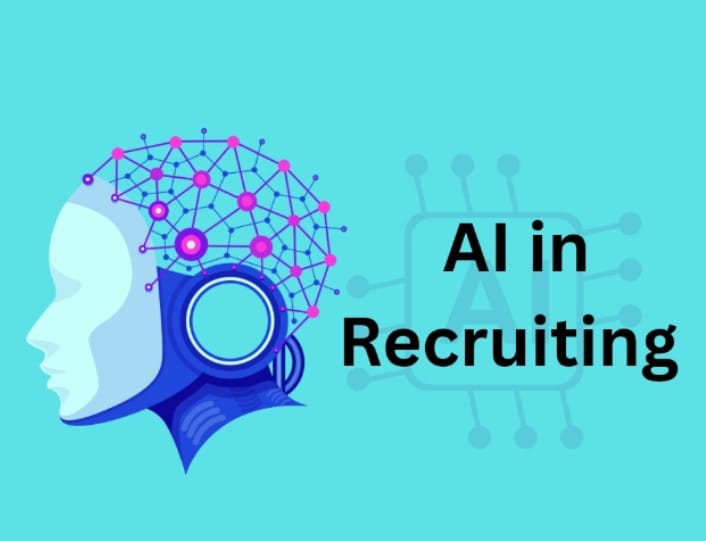
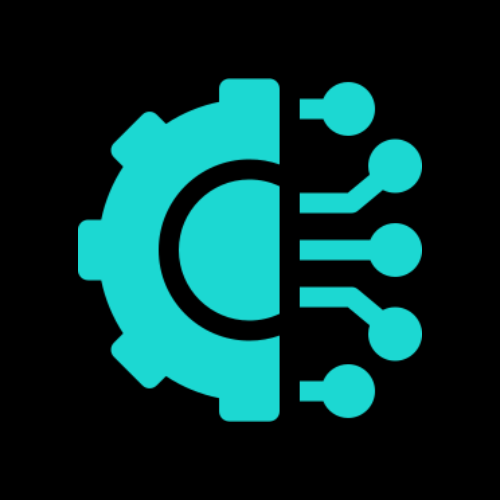


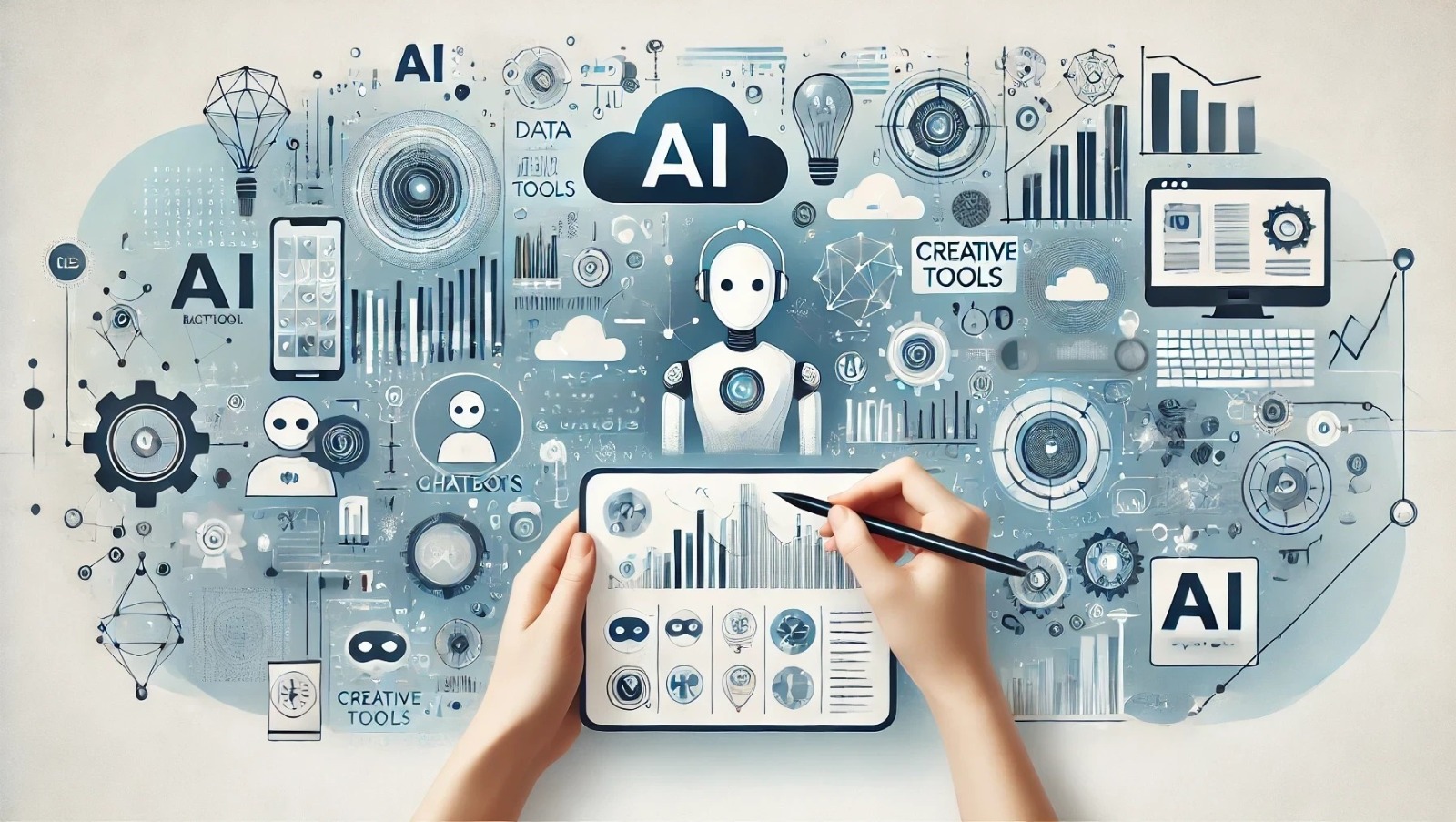
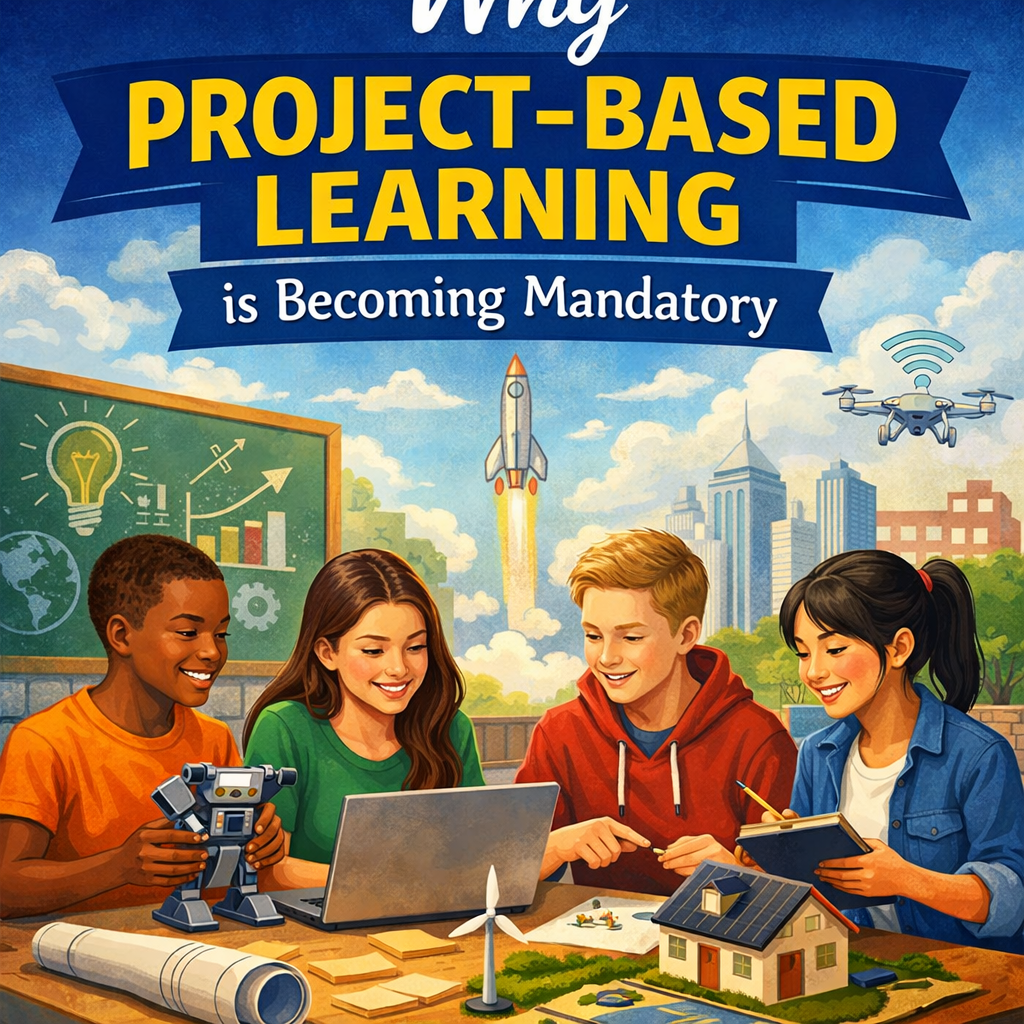
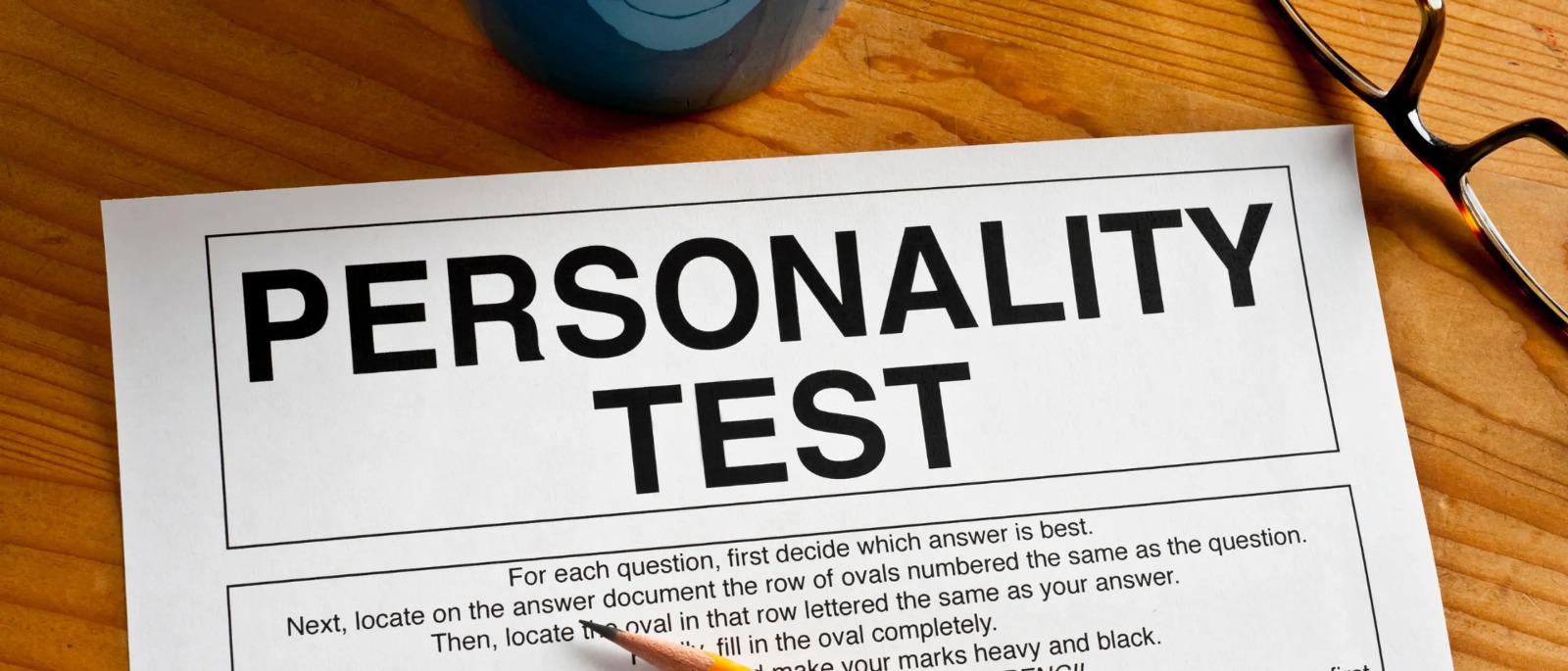
Leave a Reply